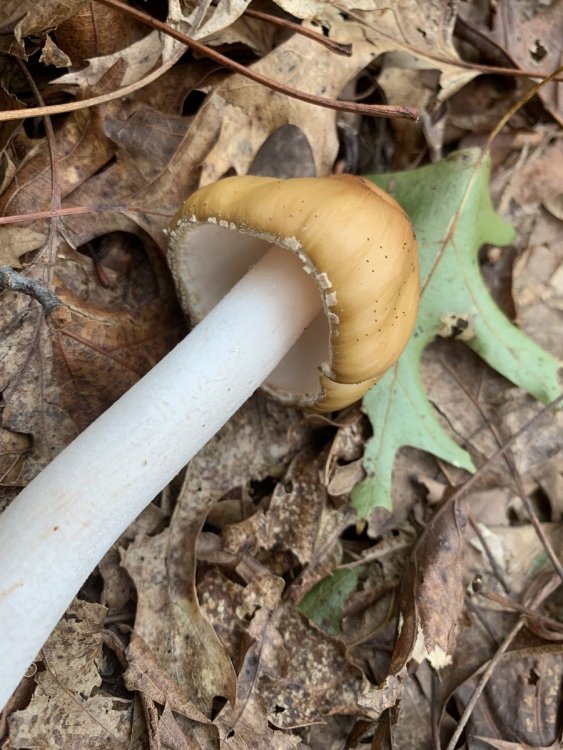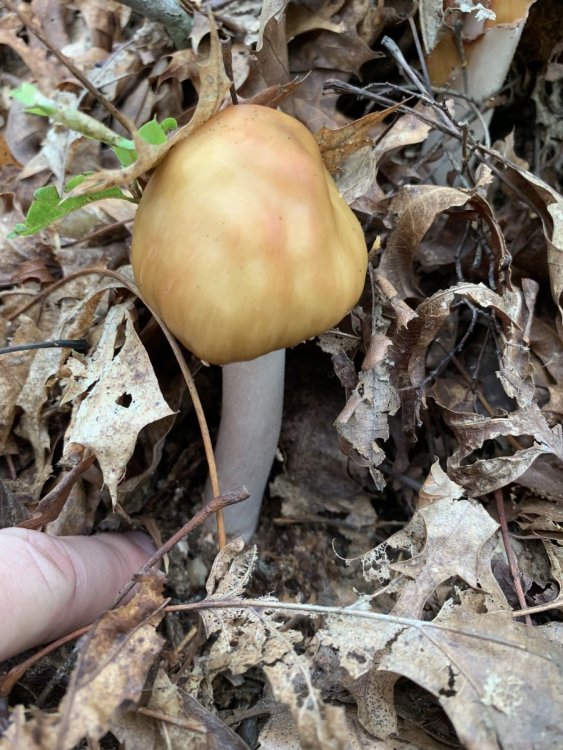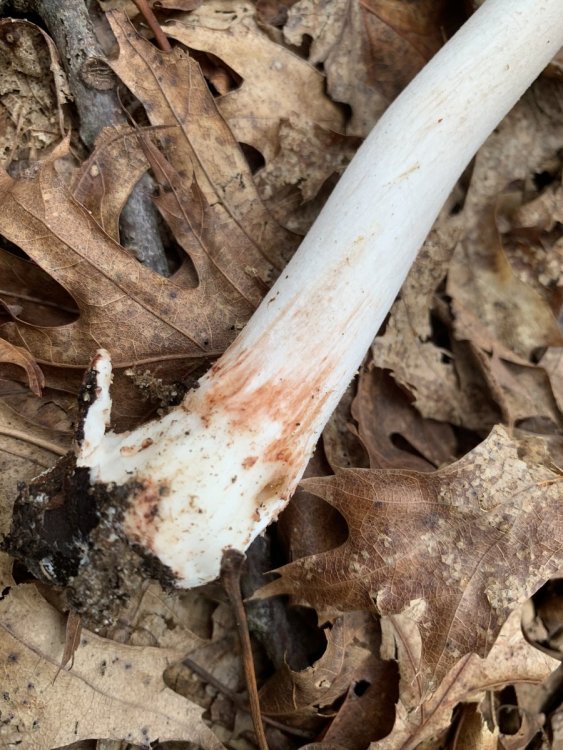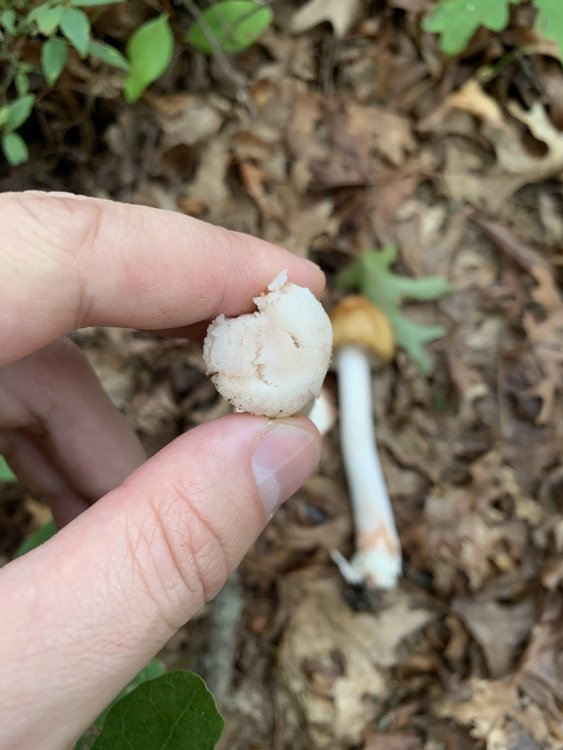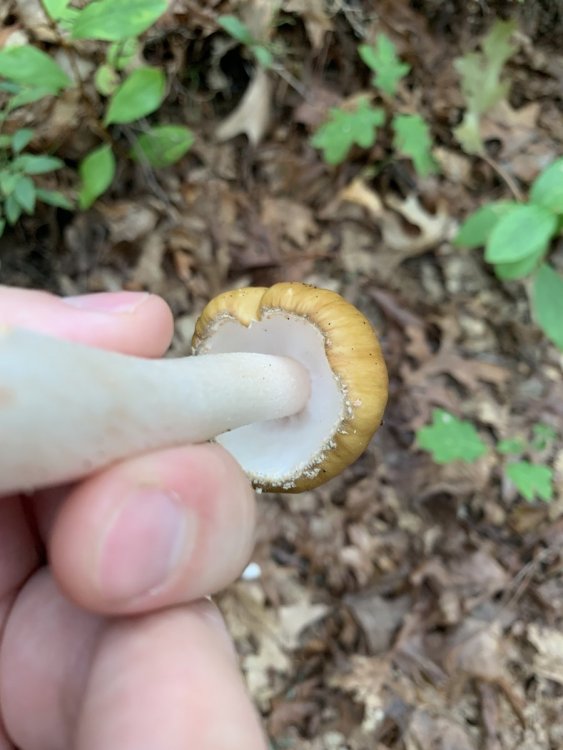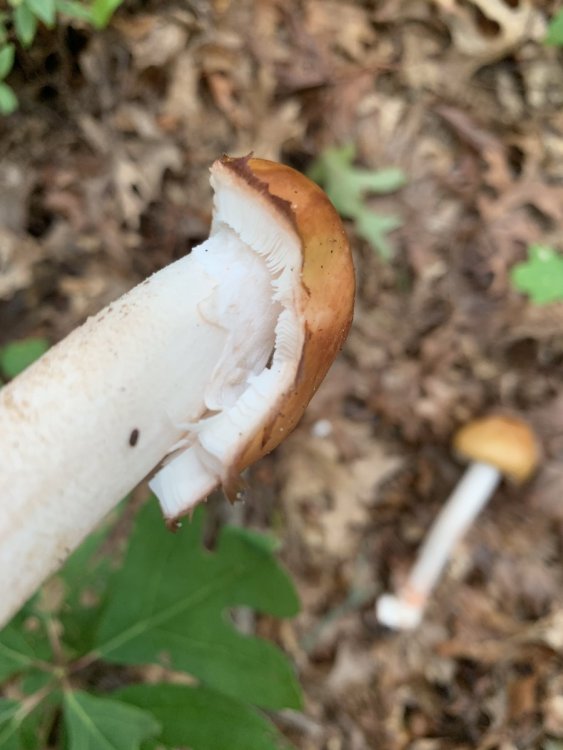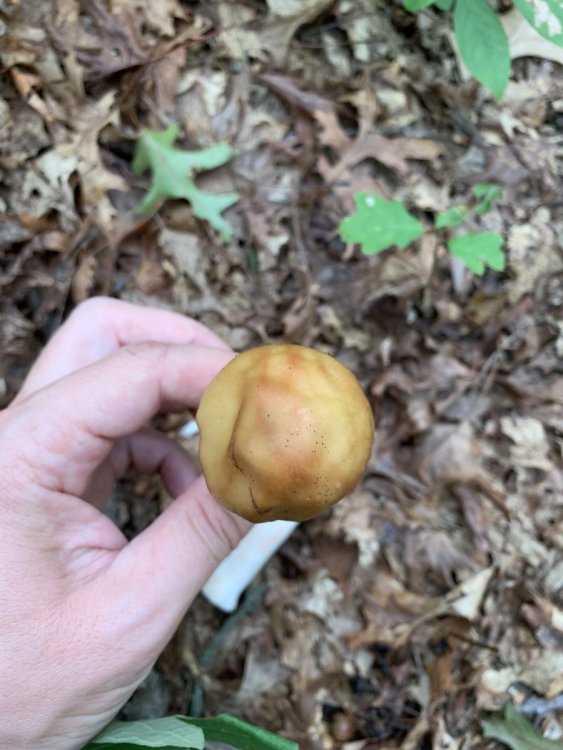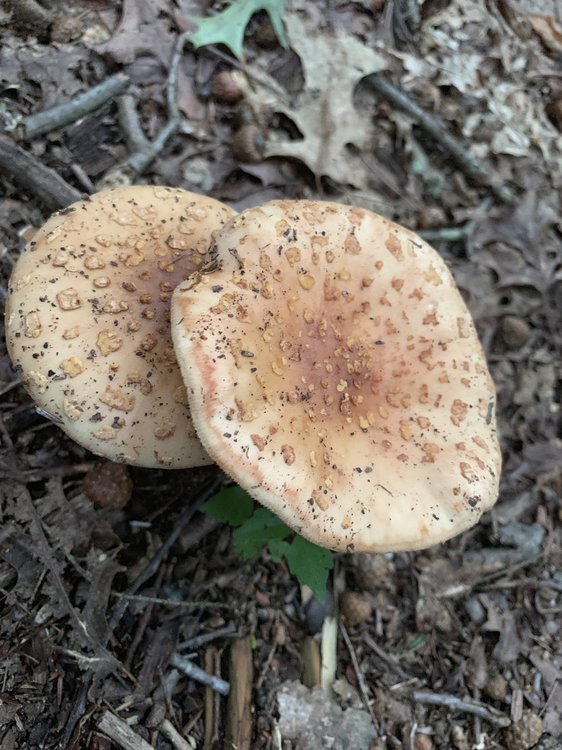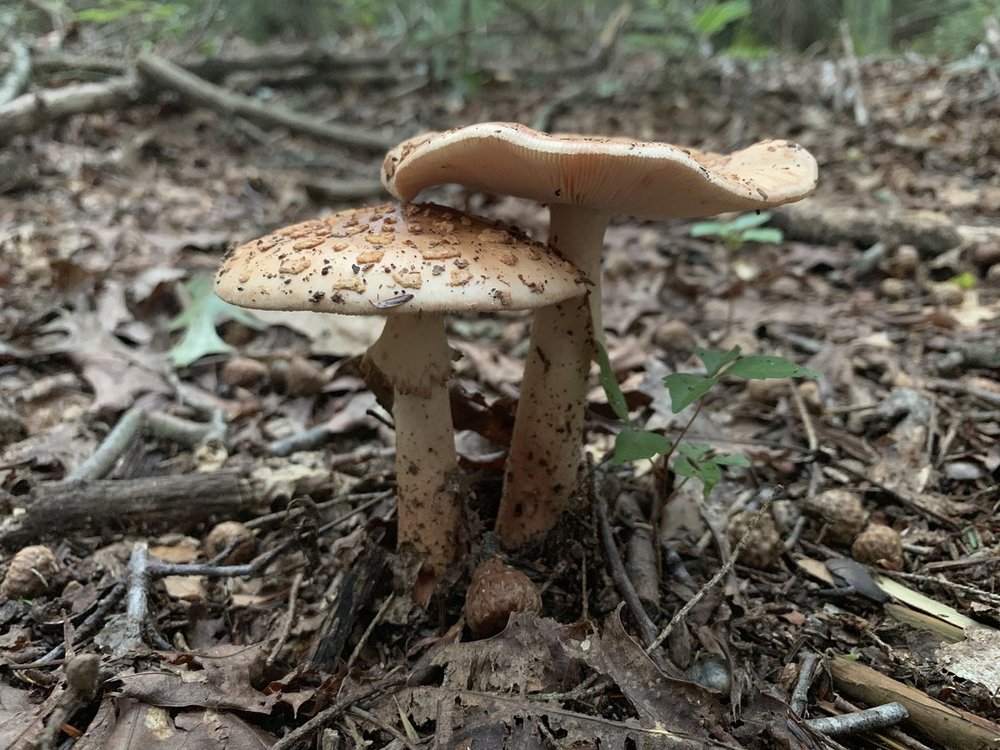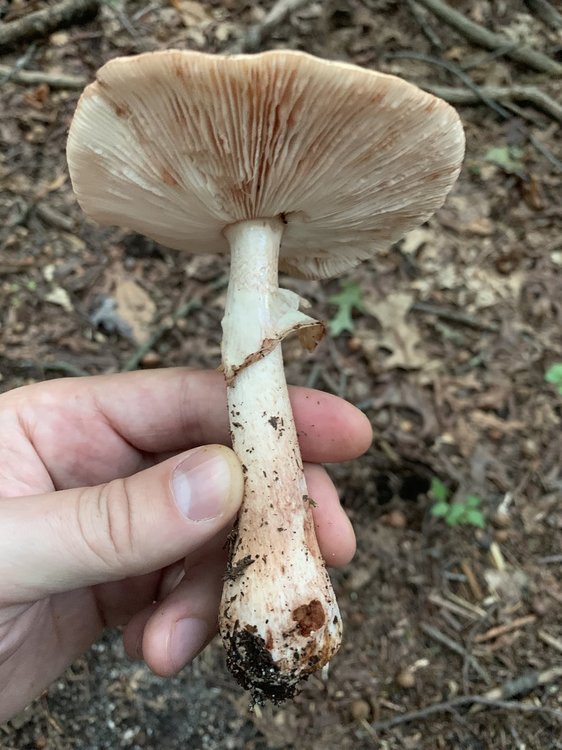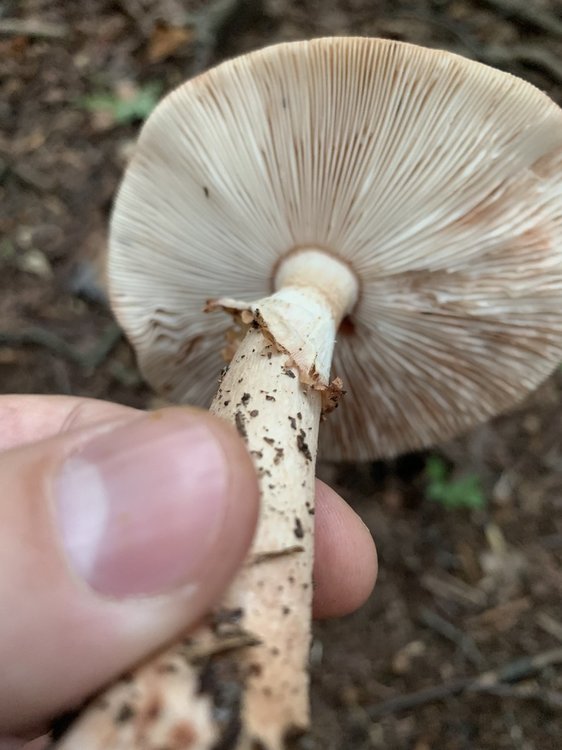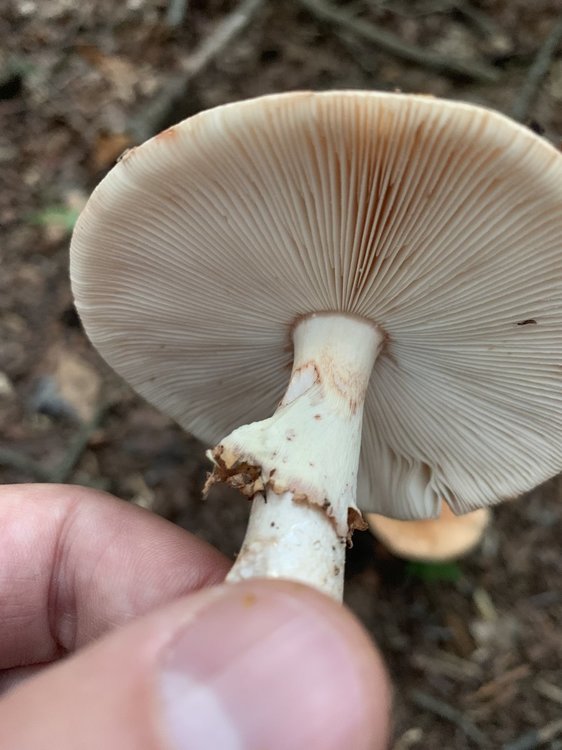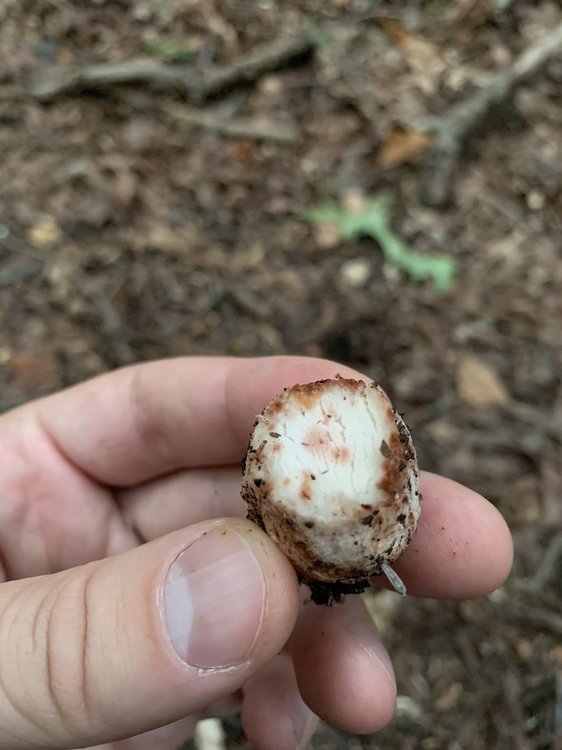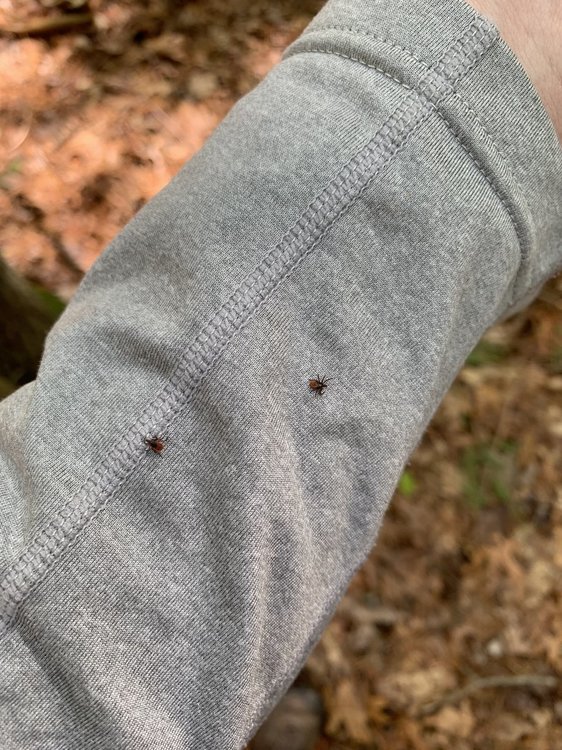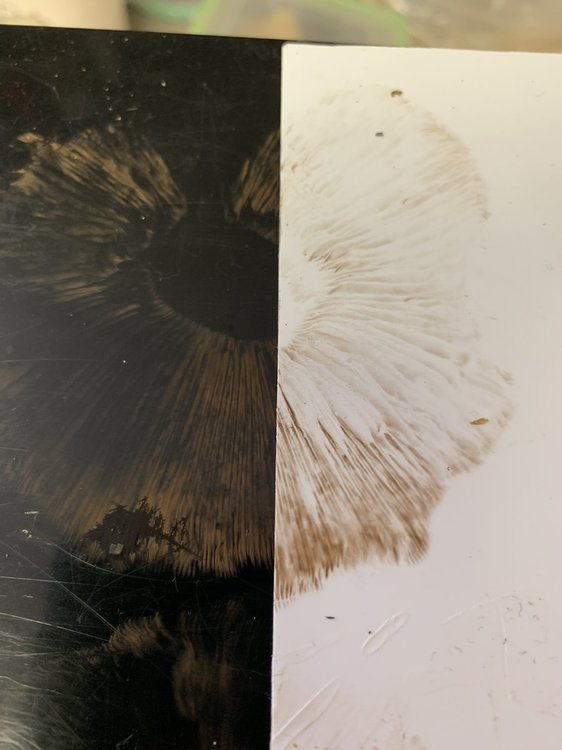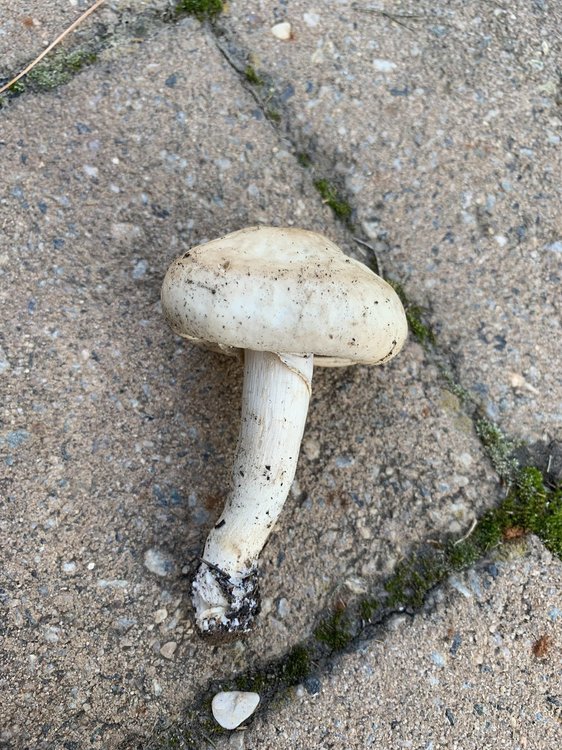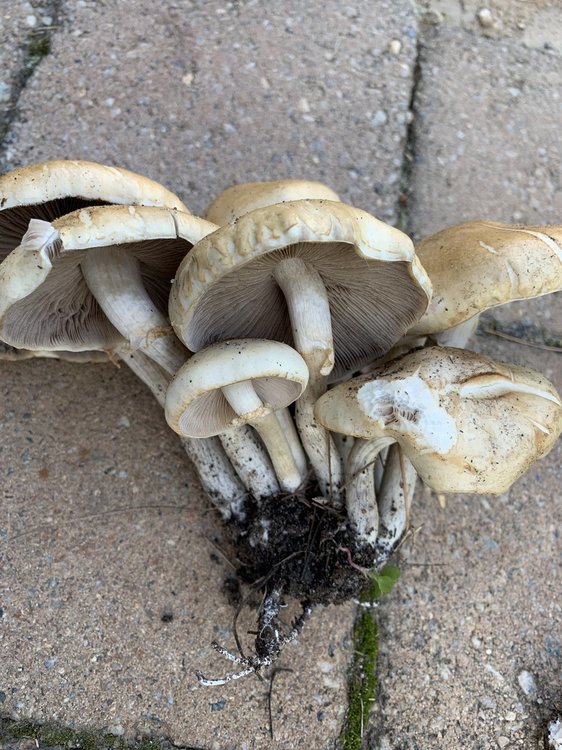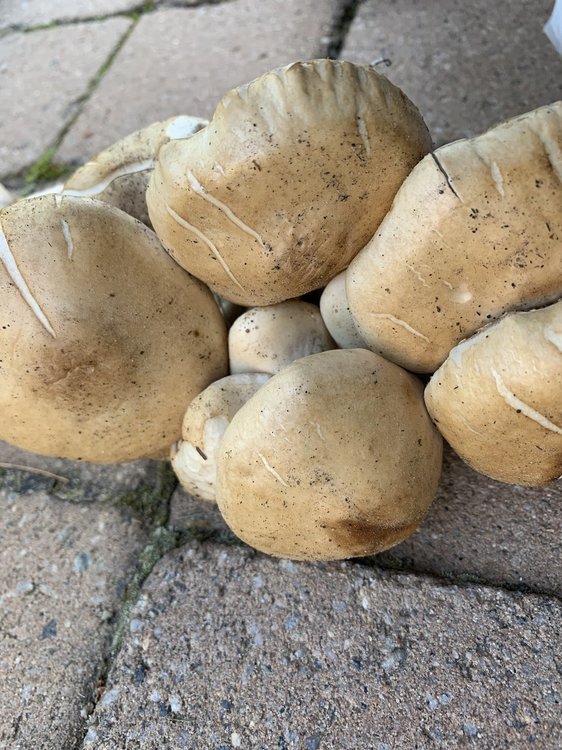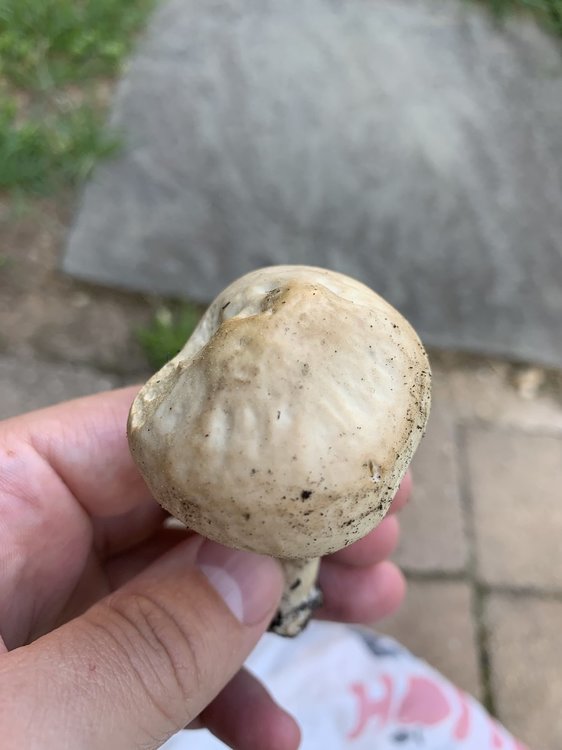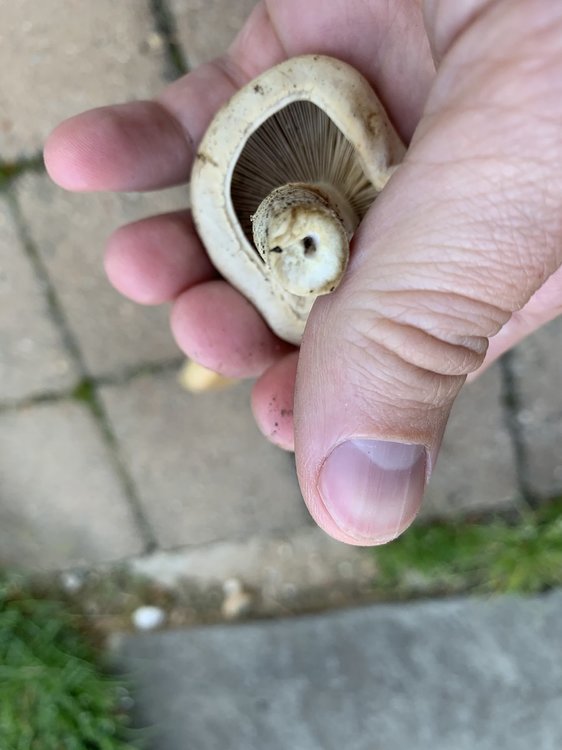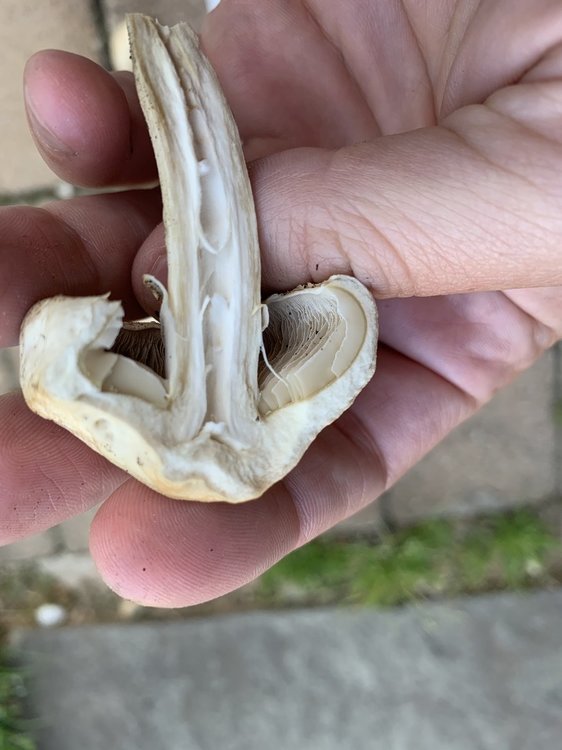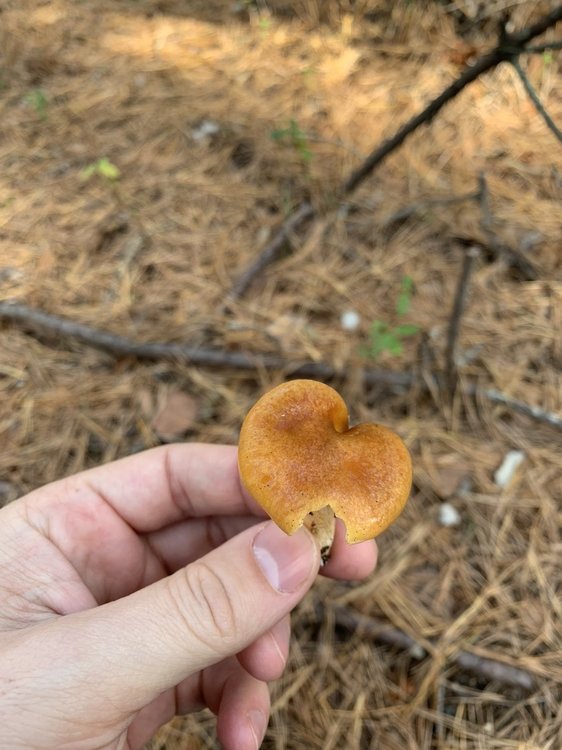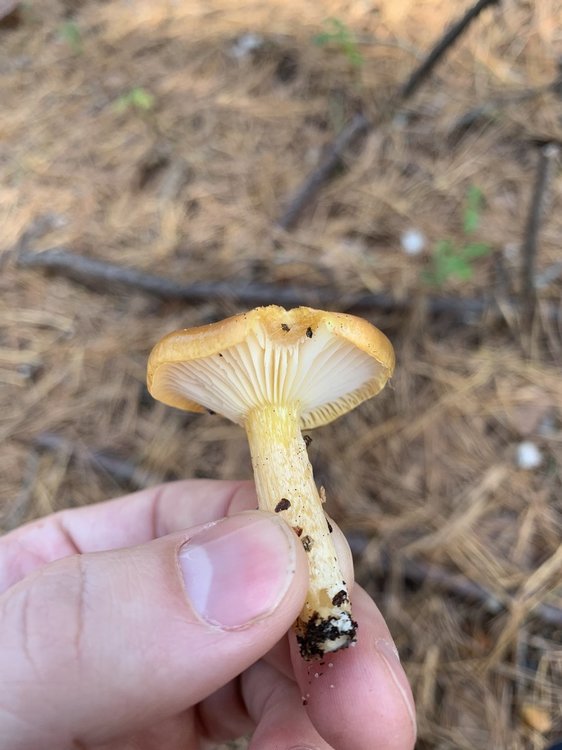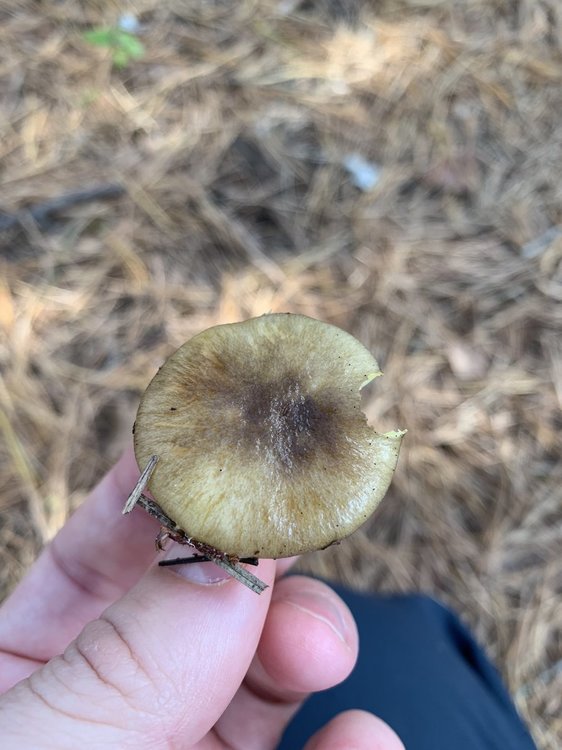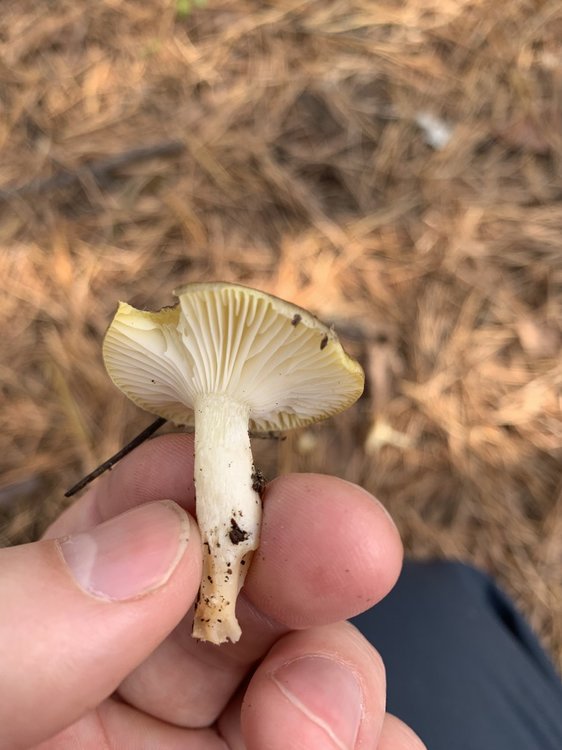-
Posts
623 -
Joined
-
Last visited
Everything posted by eat-bolete
-
Thank you Dave.
-
-
Thank you Dave! 18 hours later I’m still alive haha. Taste-wise, meh, it was OK, nothing special. It probably would taste better if I didn’t parboil it before frying.
-
-
Nice! I recently checked my parks, nothing except M. rodmanii and sporadic P. cervinus yet.
-
Congrats:) haven’t seen such bounty in a long time.
-
Thanks Dave and bobby. I see they vary a bit in appearance, I’ll be looking for speciment exhibiting all matching characteristics such as non-white specks on the cap, annulus with striations, absence of distinct volva, staining of flesh inside and out, absense of unpleasant smell, adnexed gills. Will post to confirm before consuming. Cooking will include parboiling and then frying. Tiny amount of course.
-
I think I’ll brave up ant try a blusher this year. So, before I start finding them, I wanted to see if I’m on the right track. I understand more details needed to solidly ID blushers but I only have these photos from previous years for now. Do you see anything on these photos that makes you doubt it’s a blusher? If so, which species would you check? Especially the 1st photo with a clump of Amanitas, I see the base is more pronounced as if there is volva, what do you think?
-
I buy Martin’s 10% concentrate and dilute to 0.5%. Watched a comparison study on youtube where permethrin (0.5%) effect was compared to cypermethrin (0.25%). It showed that ticks fully recovered from crawling on permethrin surface after 24-hrs, none of 3 ticks died, while 2 out of 3 died after being exposed to cypermethrin. So I bought it and treated clothes, went to a tick-y spot, and quickly found 2 crawling on my pants. Pants were treated with cypermethrin, shirt - permethrin...So I watched the 2 ticks crawling on my pants like nothing, straight up, no “drunk” effect, no jumping off...After they crawled for about a foot, I placed them on my shirt sleeve, where they instantly started going crazy, walking in circles, flipping themselves on their back etc... So I will still be using permethrin it works better imho, even if it only stuns them.
-
-
I went back today (not my lawn), there is no mulch, I think mushrooms may possibly be mycorrhizal, the trees around are white pine and eastern hemlock. Spore print is super slow but I think I see some brown appearing. I always thought of Pholiotas as soft and marshmallow-like, is that wrong? these are quite firm like honeys.
-
Tan colored, simple stem, attached gills, seem to have white spores, stem is stringy but also snaps very easy, hollow inside, cap has rubbery feel to it similar to Armillaria, found on the lawn, some trees around but I think they grew out of mulch, I may be wrong. Grow singly or in a clump. Smell and taste..ugh, not easy as I have a cold right now...I think it smells kinda like clay, taste is strong, I’d say rather unpleasant but not bitter. Please suggest even if you are not sure. Thanks!!!
-
Herald of winter...I think that’s spot on Dave. Photos and description matches very well. Listed as edible, have you tried it?
-
park rangers in one of the parks near me collected leaves in very large piles and left them there, I placed some mature blewits specimen there, hopefully that does something for a few years to come.
-
Thanks Dave. Between the two, definitely looks more like H. fuligineus based on color. No odor at all that I noticed.
-
on the ground, growing in small groups among pine. Smell mild, taste mild yellowish gills, flesh color ranging from pale yellow to almost orange. Cap slimy/sticky Gills seem to be slightly decurrent and attached. some have a depression in the center and a slight umbo. As photos show, caps range from greenish to orangish. Both have white spore print.
-
Thanks Dave. Gills have definitely been heavily munched on by slugs.
-
Agreed, Suillus granulatus or similar.
-
While pathetically failing at finding any C. tubaeformis, I stumbled upon these guys. mixed woods, super wet and mossy. Flattened stringy stem, hollow inside I think, smells mild, tastes quite pleasant, spore print is white.
-
This all makes sense, maybe there was only a handful because of not many conifers being in the area. I heard they taste better than true chanterelles. Gotta keep looking:)
-
Matt, are you sure they were C. tubaeformis and not C. ignicolor? Not that I doubt you but that would be great news, because the from the sources I checked it seems that they only grow in coniferous boggy areas but doesn’t say what type of conifers and maybe someone found them in not necessarily boggy areas?
-
What’s the right environment for these in eastern NA? My friend in Russia finds them by bushels but I’ve never seen them here.
-
Matt, I should be careful about what I tell you, your memory is too good:)) What’s interesting is, as fruitful as this year was, that tree produced only about 15 hens, and much smaller in size too. Awesome job helping out those in mushrooms need!
-
Matt, I’ve never tasted hens before.
-
Thanks Dave. I did another spore print and it came out yellowish, so most likely C. robusta it is. Didn’t eat it.



